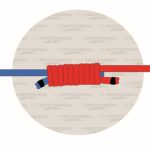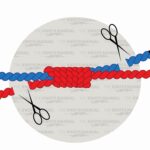A Surgeon’s Knot offers a reliable way of connecting a fishing line to a leader. It’s also used in other applications to connect two ropes, strings, or threads.
It has other names as well, like the Double Surgeon’s Knot, the Double Overhand Knot, or the Double Reef Knot.
Quick Guide: Tying a Surgeon’s Knot
To tie a Surgeon’s Knot, start by placing both ends parallel to one another facing opposite directions (step 1). Then make a loop in the overlapping section (step 2). After that, pass the shortest end (if used in fishing, then use the leader) through this loop two times (step 3). Finally, lubricate it (if used with a fishing line) and tighten the knot (step 4).
For a reliable result, make sure to pull all four ends that exit the knot. After that, you can cut the tag ends close to the knot.
Other Variations
With 3 turns instead of 2: This is called a Triple Surgeon’s Knot, and it’s even more secure.
With both ends exiting in the same direction: This knot is also referred to as a Surgeon’s Knot. The only difference is that in step 1, both ropes/lines are laid out facing the same direction. In this version, it isn’t as strong because both ropes/lines exit in the same direction.
Two Double Half Hitch Knots: This version is also referred to as a Surgeon’s Knot. It’s essentially a Square Knot, except with one extra turn in each Half-Hitch Knot. It isn’t as strong as the version shown here, but it allows for better tensioning of the rope. In this form, it’s often used in surgeries to connect two sutures.
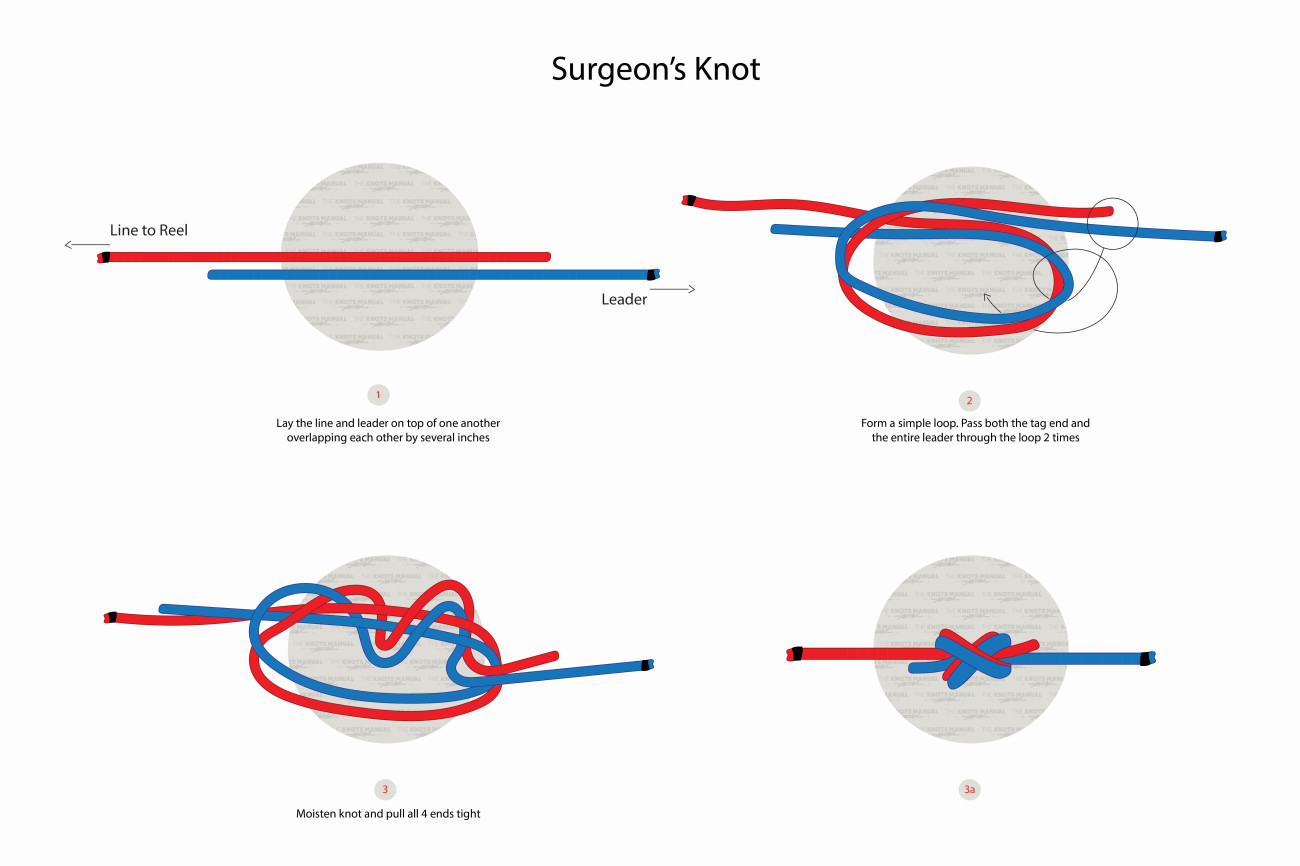
Pros and Cons of the Surgeon’s Knot
The main advantage of the Surgeon’s Knot is that it is very secure – close to 100% line/rope-breaking strength.
It is also very easy to tie. Everyone knows how to tie a Half Hitch Knot from tying their shoes. Surgeon’s Knot is tied very similarly to that, except with one more turn.
Another benefit of the Surgeon’s Knot is that it works well with different-diameter fishing lines. So if you’re connecting a thicker-diameter tippet to your main fishing line, then the Surgeon’s Knot is a great choice. It works best with monofilament fishing lines.
It also has a small profile, so it’s less likely to get caught on other objects. Especially if the ends are cut short.
One downside of the Surgeon’s Knot is that it requires one of the lines/ropes to be looped through it entirely. So if you’re connecting two very long lines, that can prove to be difficult.
It also jams very badly and once loaded with weight, can become impossible to untie. That’s why it isn’t very commonly used with normal ropes.
Common Uses for the Surgoen’s Knot
Most commonly, Surgeon’s Knot is used in fishing with monofilament lines. It’s used to connect a fishing line to a tippet or a leader. It’s easy to tie, secure, and it works with different-diameter lines, making it an ideal choice for this purpose.
It’s also used in surgeries to connect two sutures (threads used in the stitching) because it allows to tension them very well.
You can also use it for general purposes to permanently connect two ropes. But if you intend on untying them, other knots, like the Flemish Bend, are usually a better choice.
Knots Like the Surgeon’s Knot
Blood Knot: A very common fishing knot for connecting two fishing lines. It has a slim profile, it’s very strong, and is easy to learn. Its only downside is that it only works with similar-diameter lines.
Double Fisherman’s Bend: Despite its name, this knot is rarely used in fishing. It’s very commonly used to securely connect two ropes, for example, in climbing. It’s tied with two Double Overhand Knots facing the opposite directions.
Flemish (Figure 8) Bend: Another knot that is commonly used to connect two ropes. It is our preferred choice over the Surgeon’s Knot when used with ropes. That’s because it provides similar strength, it’s also easy to learn, and it doesn’t jam.
Flat Overhand Bend: A very common knot used in climbing. Both rope ends are placed next to each other and then tied together with a simple Overhand Knot. This makes the rope ends exit in the same direction, which makes the knot less likely to catch on rocks.
Square Knot: A very simple way of connecting two ropes using two Half-Hitches tied in a row.
Step-By-Step Guide: How to Tie a Surgeon’s Knot
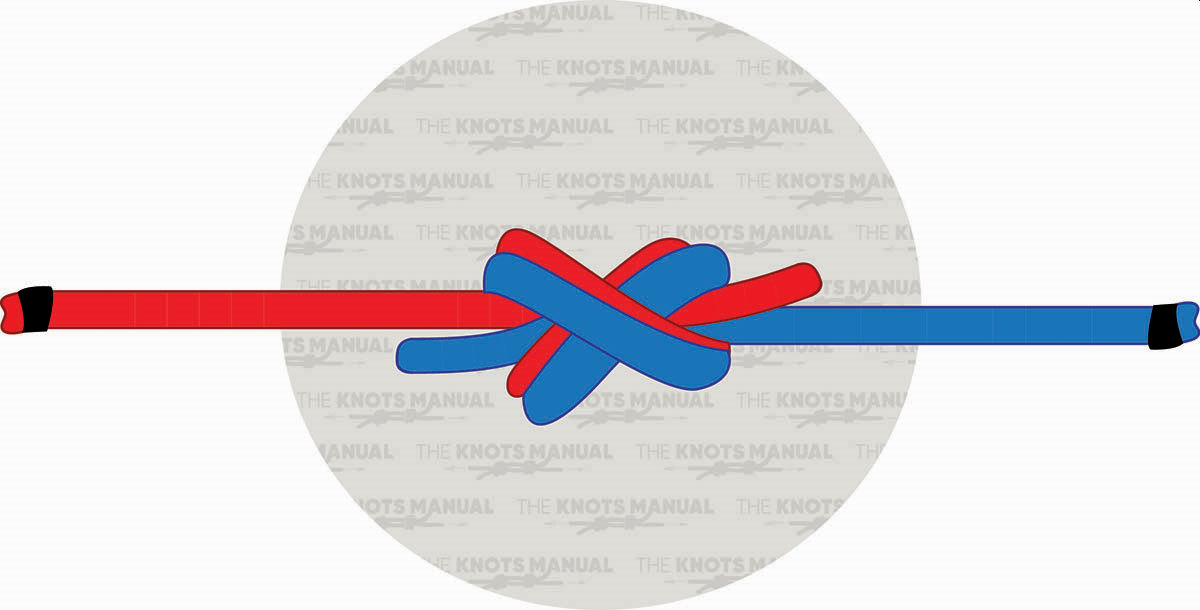
A step-by-step guide on how to tie a Surgeon’s Knot.
Step 1:
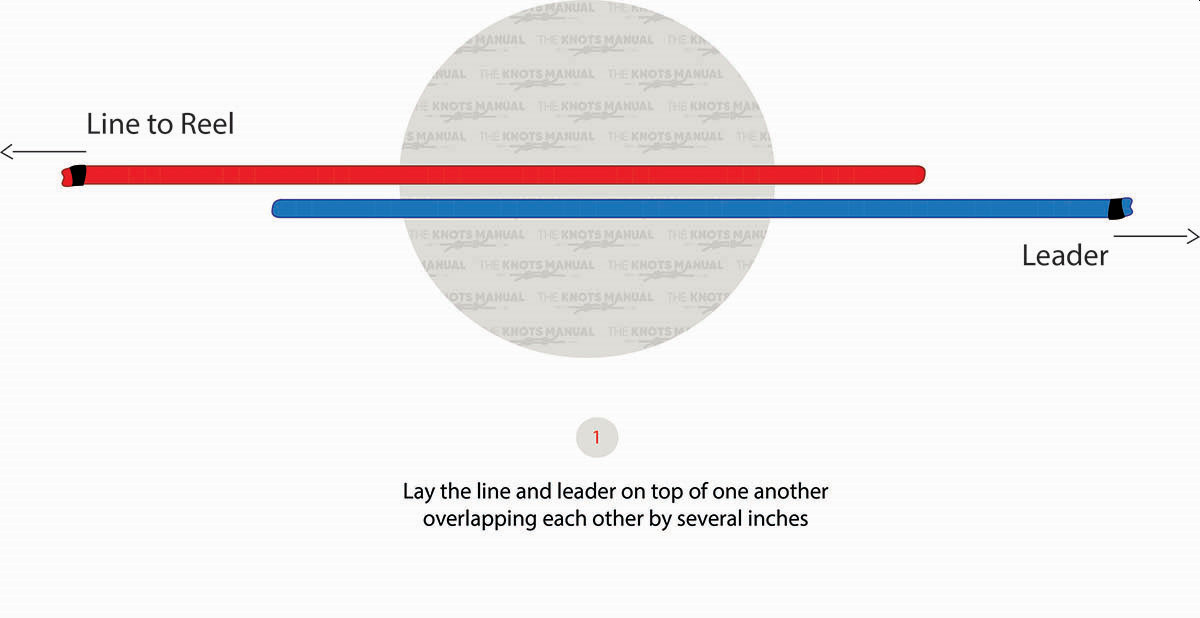
Place both fishing lines (or ropes) next to each other, with the ends overlapping in opposite directions. The shortest line (leader or tippet) should be placed on the right side.
Step 2:
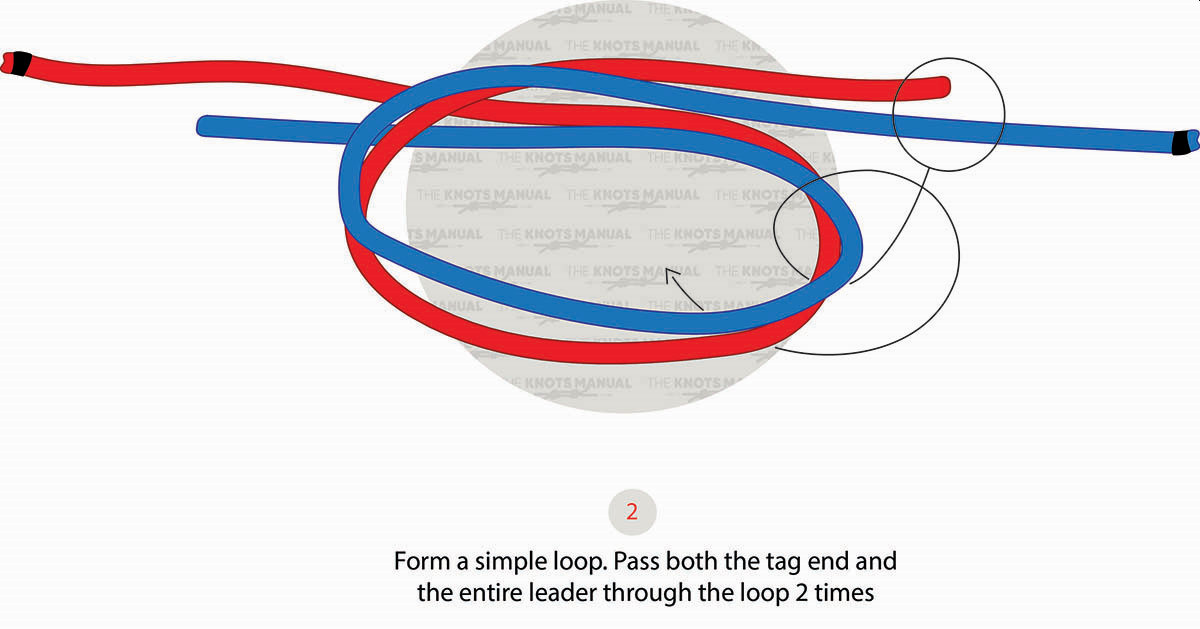
Make a loop with both lines.
Step 3:
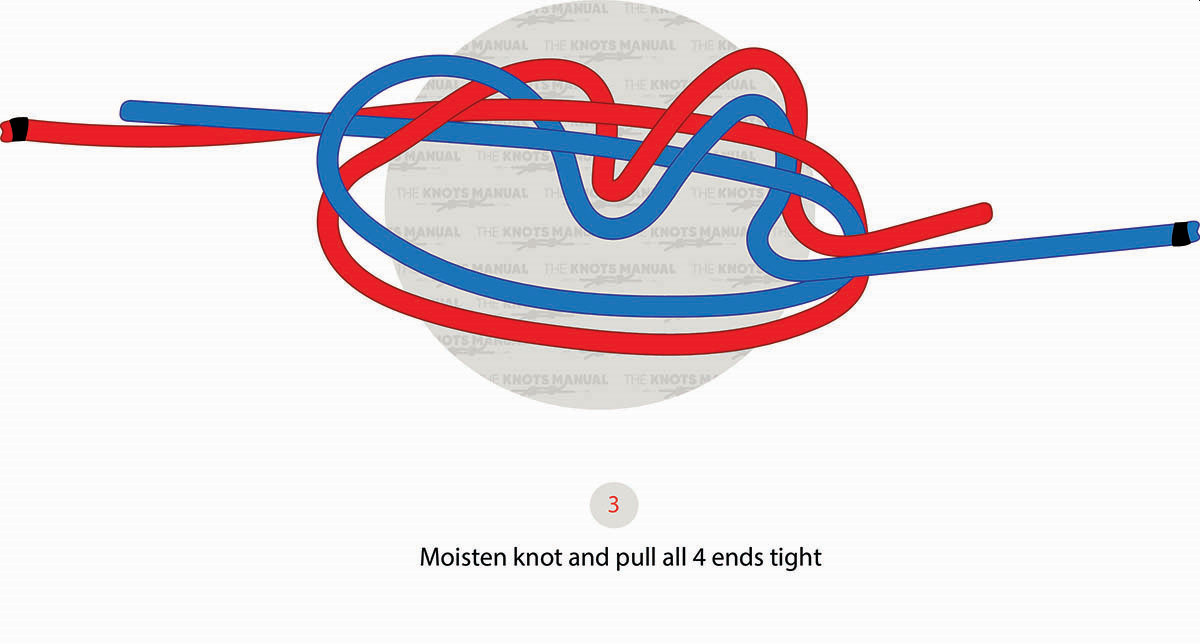
Pass the shortest end through the loop two times.
Step 3a:
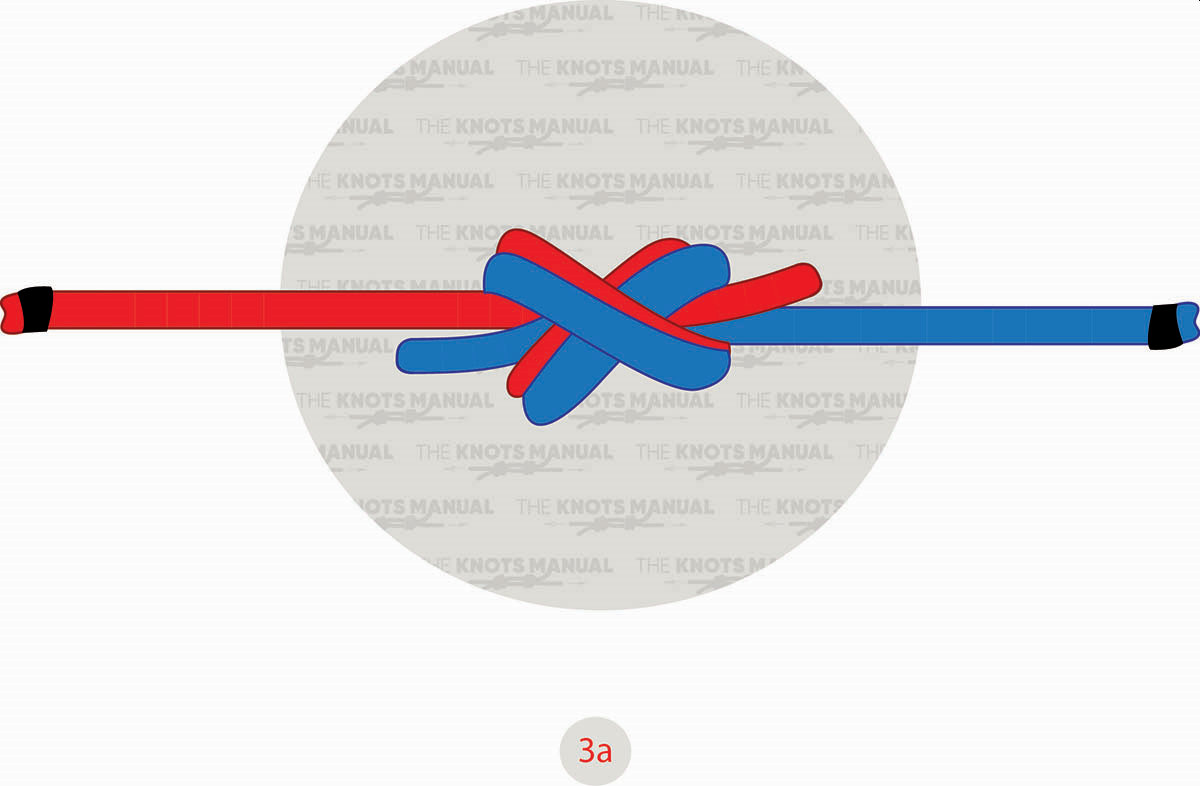
Lubricate and tighten to finish the Surgeon’s Knot.
